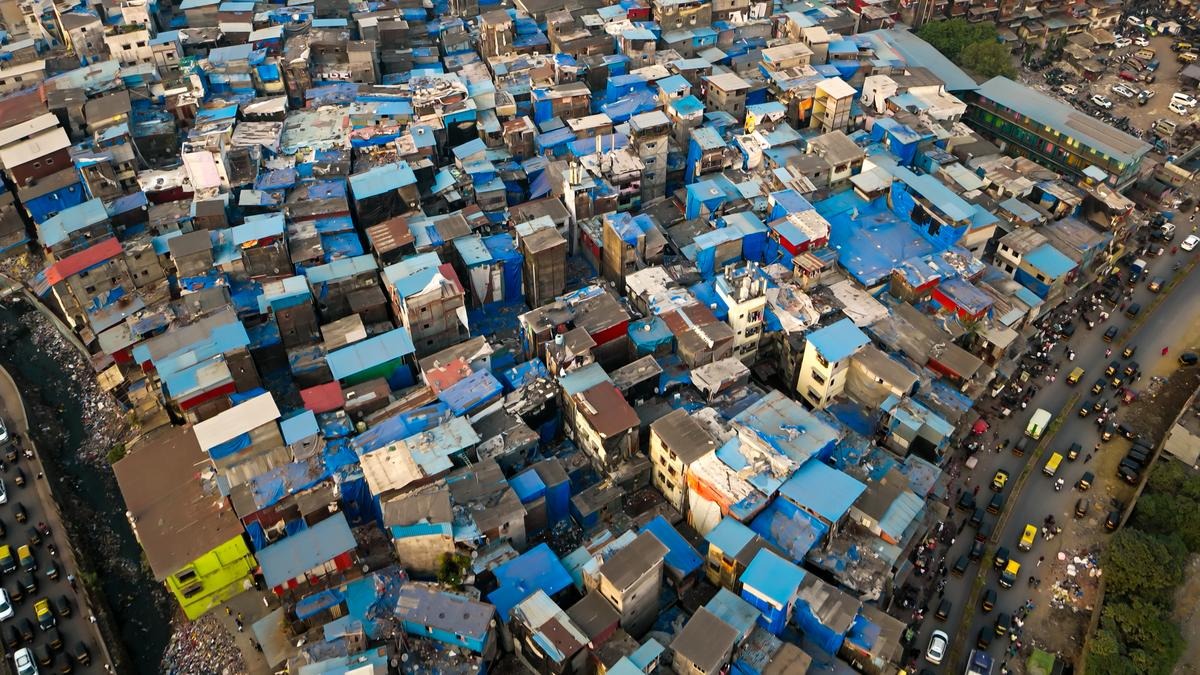
Follow WOWNEWS 24x7 on:

India now tops the global list for the highest number of slum clusters located in flood-prone areas, according to a new study published in Nature Cities. The report reveals that over 158 million slum dwellers—more than the population of Russia—live in vulnerable settlements within floodplains. This alarming figure stems from satellite analysis across 129 low- and middle-income countries, paired with data from 343 major flood events.
Key takeaways from the study
- India’s slum dwellers are 32 percent more likely to settle in floodplains than elsewhere, driven by low land costs and limited housing options
- The Ganga river delta hosts the largest concentration of these vulnerable communities
- South Asia dominates the floodplain slum map, with India followed by Indonesia, Bangladesh, and Pakistan
- In India, 40 percent of slum dwellers reside in urban and suburban zones, often in tin-sheet or tarp housing with minimal infrastructure
- Globally, 33 percent of informal settlements—representing 445 million people—are already exposed to flooding
Why floodplains become home
- Economic necessity and proximity to jobs push low-income populations into high-risk zones
- In cities like Mumbai and Bengaluru, floodplain land is cheaper and often bypassed by formal developers
- Migrant workers and informal communities settle in areas avoided by gated communities and IT parks
- Rent is typically paid through informal land contractors, leaving residents without legal protections or access to formal relief
Urban expansion and climate vulnerability
- India’s rapid urbanization is expanding into flood-prone zones, intensifying climate risks
- Infrastructure gaps—especially drainage and sanitation—amplify the impact of floods
- Vulnerable residents face displacement, loss of jobs, and long-term economic instability
- Socioeconomic factors like education levels and lack of flood insurance deepen the vulnerability of exposed populations
Global comparisons and regional patterns
- Latin America and the Caribbean show high urbanization rates, with over 60 percent of informal settlements in cities
- Sub-Saharan Africa has lower urbanization, with nearly 63 percent of informal settlements in rural areas
- In Sierra Leone and Liberia, informal settlements host most of the population
- In wealthier regions like Europe, floodplains are often desirable due to subsidized insurance and protective infrastructure—highlighting stark inequities in global flood risk management
Urgent need for human-centric flood adaptation
- The study urges governments to shift from location-based risk assessments to strategies that prioritize vulnerable communities
- With the 2030 deadline for the UN Sustainable Development Goals approaching, protecting these populations is critical
- Recommendations include improving infrastructure, enhancing drainage systems, and investing in community-led resilience programs
- Machine learning and satellite data offer promising tools for tracking slum expansion and predicting future flood risks
India’s flood-prone slum clusters are more than a statistic—they represent lives shaped by necessity and resilience. As climate change accelerates and urban sprawl continues, the challenge is not just to manage water, but to safeguard dignity, livelihoods, and futures.
Source: The Hindu, July 29, 2025



